Your November Garden Checklist
The colors of late fall are inspired by the landscape: flaxen grasses, scarlet maples and sedum. Here in California I'm just starting to see the ginkgos go gold and native grapevines turn rust. Sidewalks are littered with the leaves of London plane trees.
Though November in the U.S. is marked by giant turkeys at the centers of dining tables, college football and perhaps the thrill of staying up till midnight to score a sweet deal on the latest Xbox, I like to remember that this month and this season are most noted for what's happening outside. Changing leaves signify upcoming winter dormancy, with fall plantings reaping postfrost rewards.
Whether you live in Vermont or Arizona, get outside and tie up loose ends before it's too cold. Rake, plant and prep for winter. Here's what you can do in your garden this November.
Find your November garden checklist:
California | Central Plains | Great Lakes | Mid-Atlantic | Northeast
Pacific Northwest | Rocky Mountains | Southeast | Southwest | Texas
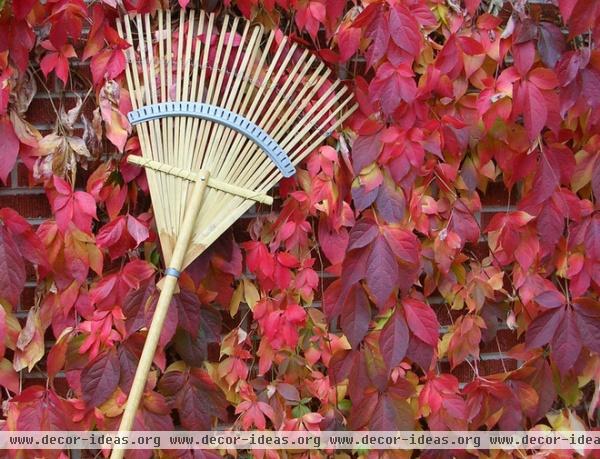
Northwest. "Keep gathering those leaves," writes landscape designer Karen Chapman. "One of the beautiful aspects of autumn is that the wonderful tapestry of fall leaves is woven over a period of several months."
She continues: "Shades of crimson, amber and gold come and go as each tree and shrub takes its turn in the spotlight. For us, however, it means that just when we thought we had finished sweeping up leaves, we have to start all over again. Consider it your November workout, grab your rake and gather nature’s black gold just as you did last month."
Get her Northwest November checklist | 5 Ways to Put Fall Leaves to Work in Your Garden
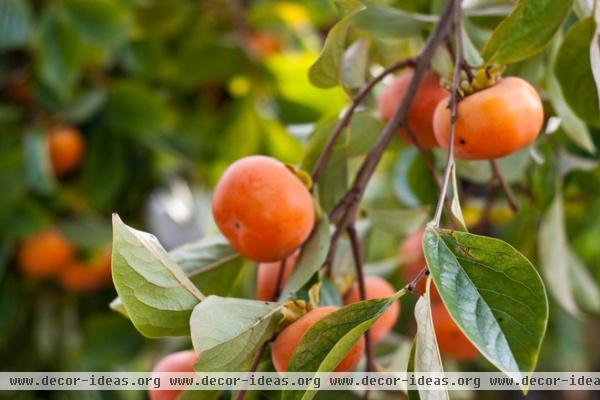
California. "Other than the smell of a turkey roasting in the oven or the sight of a quarterback tossing a football to a receiver in the flat, nothing makes me feel better about November than a persimmon tree fully loaded with gleaming orange fruit among foliage turning a matching color," writes garden editor Bill Marken.
"This is a plant that says a lot about gardening in California, and maybe about California in general," he says. Native to Asia, it has made itself home in the state. It's easy to grow. It's quirky — the fruit of the most common species is so astringent that you can't eat it until frost or time softens it."
Get his California November checklist

Southwest. "Fire pits, outdoor fireplaces and heat lamps are obvious ways to keep warm in the winter, extending time enjoying outdoor living," writes New Mexico landscape designer David Cristiani.
"Another way to consider keeping warm in the months ahead is to use only deciduous trees near south- and west-facing walls, which will better absorb extra heat from the sun when cool, but filter the sun from the same surfaces during warmer months," Cristiani says. "Also consider places on your property where you wish to dine and at what time of day — blocking chilly winds and absorbing sun are paramount to winter al fresco dining."
Get his Southwest November checklist
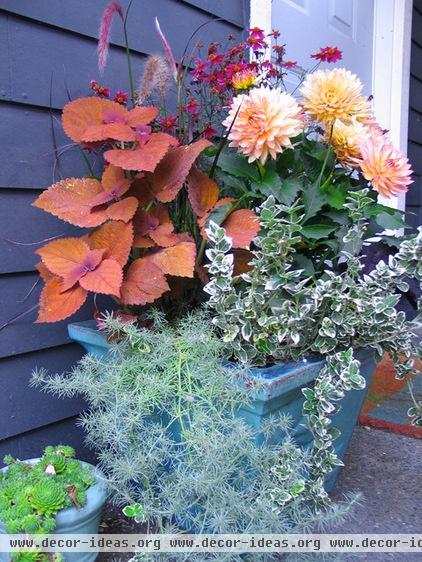
Rocky Mountains. It's time to winterize potted plants. "Empty all containers of annual flowers and veggies," writes Colorado landscape designer Jocelyn Chilvers. "Remove the soil, or the top 8 to 10 inches from large pots. Spent soil and nondiseased foliage can go straight to the compost pile. I wait until the warmer days of spring to wash my pots before replanting them."
During the winter months, "find a dry, sheltered place to store your pots to protect them from months of freeze-thaw cycles. My storage area is the back corner of a covered patio; a shed or garage would also do the trick. I have also had luck leaving large, glazed pots right out in the garden, turned upside down and resting on a couple of scrap 2-by-4s," Chilvers writes.
Get her Rocky Mountains November checklist

Texas. "Overseed your lawn with perennial rye for a green winter lawn. In our area it's not really perennial and will die off once the weather warms up in the spring," writes landscape designer Jenny Peterson.
"Winterize your lawn by spraying it weekly with a seaweed solution, and if you fertilize, be sure to use a lawn fertilizer that is high in phosphorus for healthy root growth. Look for nitrogen-phosphorus-potassium ratios like 8-6-12, 8-12-16 or 10-5-14 on a winter fertilizer package," she suggests.
Get her Texas November checklist
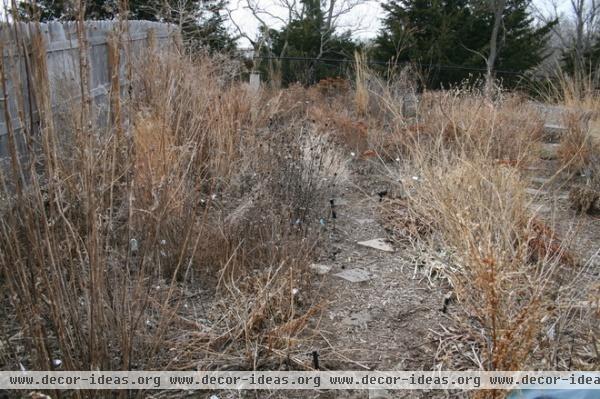
Central Plains. "Don’t cut down the garden," advises Nebraska garden consultant Benjamin Vogt. "It will be better protected against ice and snow if left standing, will provide cover for wildlife and will look stunning in winter. Trust me."
Get his Central Plains November checklist
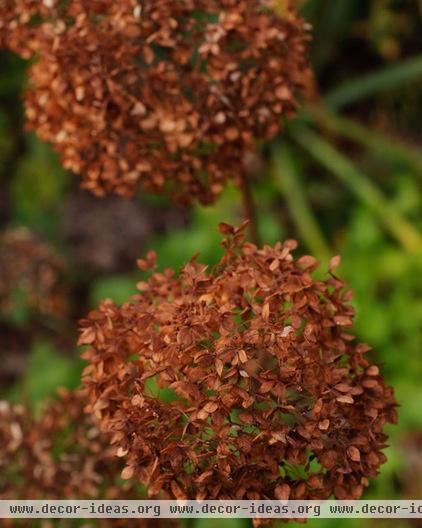
Great Lakes. "Gather mophead hydrangea seed heads for dried arrangements. While Hydrangea macrophylla seed heads are most commonly used, the seed heads of Invincibelle Spirit (Hydrangea arborescens 'NHCA1') are also attractive. Sedum (Hylotelephium spp) seed heads are also good for dried arrangements," writes Illinois garden coach Barbara Pintozzi.
Get her Great Lakes November checklist
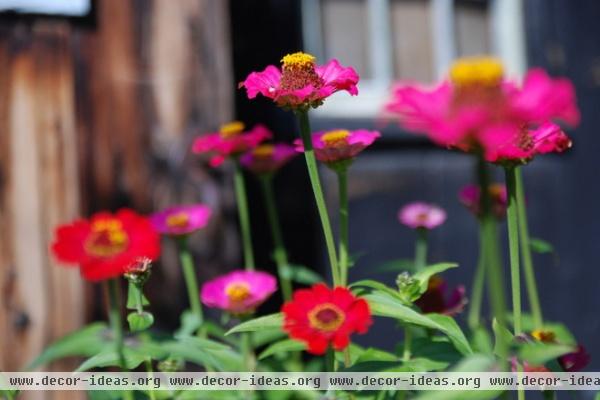
Northeast. "Once the temperature dips below freezing, the annuals are done; it's hard to pull them up — especially the zinnias, which I love," writes Vermont landscape consultant Charlotte Albers. "Save seeds for next season and share some with friends."
Get her Northeast November checklist

Mid-Atlantic. "If you're getting sunny and warm afternoons but the nights are freezing, you can still hold on to your flowers," says garden writer Amy Renea. "Snip the tops of fall mums and asters, pot them up and bring them indoors. You will get a second flush of blooms in a few weeks and extend autumn just a little further."
Get her November Mid-Atlantic checklist
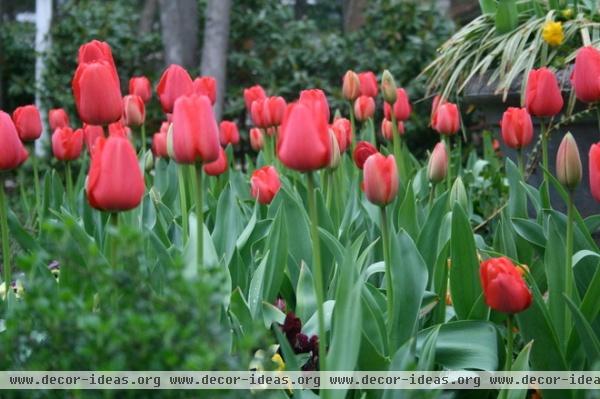
Southeast. "November is the best time to plant most spring-flowering bulbs," writes North Carolina garden writer Helen Yoest. "Mix in some lime and a balanced fertilizer, like 10-10-10 or a special bulb mixture (9-9-6), at planting time."
Get her Southeast November checklist












